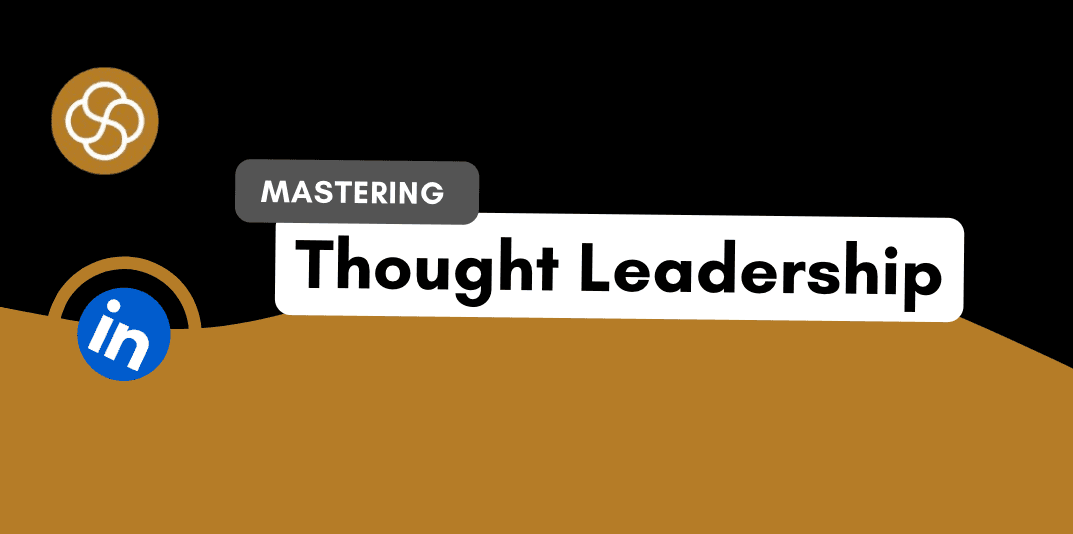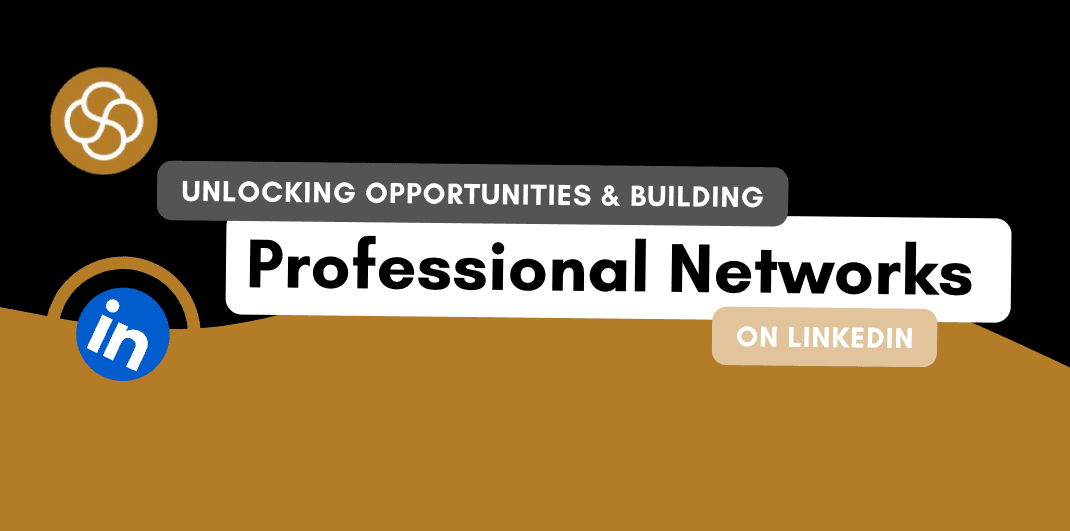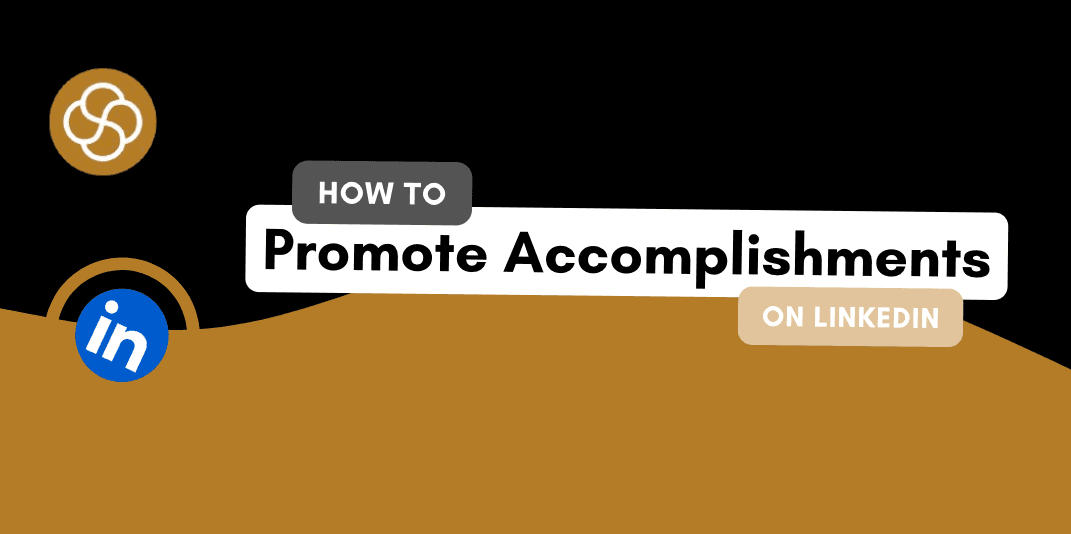Mar 16, 2024
If you are an entrepreneur, you won't deny that embarking on an entrepreneurial journey is a thrilling yet daunting roller coaster ride. In the vast sea of competition and constant developments, how do you ensure your voice is heard, your vision seen, and your brand recognized? This is where the power of a personal branding strategy comes into play. Unlike corporate branding, personal branding focuses on you - your stories, values, and passions. It's about carving out a niche in your industry and positioning yourself as a go-to expert. But where do you start? Let's craft a personal branding strategy from scratch, leveraging platforms like SocialSense, a personal branding platform that can significantly streamline this process.
Laying the Foundation for Your Personal Brand
Embarking on your personal branding journey begins with laying a solid foundation, akin to constructing a house where your values are the blueprint and your passions are the bricks. It's about digging deep to unearth your unique value proposition and understanding who you're speaking to. This foundational phase sets the stage for a personal brand that's authentically you and resonates deeply with your intended audience.
Identifying Your Unique Value Proposition
Your personal branding journey begins with understanding what sets you apart. What are your strengths, skills, and unique experiences? How do these elements solve the problems of your target audience? Reflecting on these questions helps crystallize your unique value proposition (UVP), the cornerstone of your personal brand.
Understanding Your Target Audience
Knowing your audience is crucial. Who are they? What challenges do they face? What are their aspirations? Once you have answers to these questions, it will become much easier for your personal branding messages to resonate and help you connect on a deeper level with your audience.
Crafting Your Personal Brand Statement
A personal brand statement is a concise summary of who you are, what you offer, and why it matters. This statement can act as your beginning point, and you can touch base again whenever you feel confused or lost in your journey. It's your elevator pitch to the world, encapsulating your UVP and what you are trying to offer to your target audience.
Developing Your Personal Brand Identity
Developing your personal brand identity is like crafting your signature style in the professional world. It's about creating a visual and communicative representation that captures the essence of who you are and what you stand for. From choosing the right colors and fonts to defining your voice, this phase is pivotal in setting the tone for connecting with your audience and leaving a lasting impression.
1. Choosing the Right Visual Elements
Visuals play a significant role in personal branding. From your profile picture and color scheme to your professional photos, these elements should consistently reflect your personal brand's tone and message. Avoid mixing or merging multiple colors, fonts, and stories, as it may create a lot of confusion and leave your brand with no recall value.
2. Developing a Consistent Communication Style
Your communication style, including your voice and the platforms you choose to engage on, should align with your brand personality. Consistency across all touchpoints builds trust and recognition. Whenever you reference an incident, it must be the same across all the content pieces, and the story must feel authentic and genuine to the audience.
3. Leveraging Your Personal Stories
Stories have the power to connect, inspire, and engage. Sharing your journey, challenges, and successes humanizes your brand and makes it memorable and relatable. People love connecting with people more than just merely knowing the business or company. Being vulnerable and sharing stories is an extremely powerful way to develop thought leadership and must be an essential part of your LinkedIn content.
Implementing Your Personal Brand Strategy
Implementing your personal brand strategy is where your vision starts to take shape in the real world. It's about putting your well-laid plans into action, transforming abstract ideas into tangible results. This phase is crucial—it's where you actively build and cultivate your presence, both online and offline, to connect with your audience and establish your mark in your industry.
Building a Strong Online Presence
In today's digital world, an online presence is non-negotiable. From a professional website to active social media profiles, ensure your online platforms are optimized to showcase your personal brand effectively.
Networking and Community Engagement
Building relationships is at the heart of personal branding. Engage with your community, attend industry events, and leverage platforms like LinkedIn to network and share your insights. Also, connect with people in DMs and exchange conversations to build relevant connections and be remembered.
Content Creation and Thought Leadership
Consistently creating valuable content positions you as a thought leader in your field. Whether through blogs, podcasts, or videos, share your knowledge and insights to educate, inform, and engage your audience. To understand content creation in detail, check out this article.
Monitoring and Evolving Your Brand
Crafting a personal brand is not a set-and-forget process; it's an ongoing journey that requires constant attention and evolution. As the market shifts and your own goals and experiences grow, so too must your personal brand. Monitoring and evolving your brand ensures it remains vibrant, relevant, and aligned with both your personal aspirations and the ever-changing landscape of your industry. This section will guide you through the essential steps to keep your personal brand fresh and engaging.
Tracking Your Brand's Impact
Use analytics tools to monitor the impact of your personal branding efforts. Track engagement, website traffic, and social media growth to gauge your brand's resonance with your audience.
Adapting to Feedback and Trends
Be open to feedback and ready to adapt your strategy based on audience responses and industry trends. Personal branding is an ongoing process that evolves with you and your business.
Continuous Learning and Personal Development
Invest in your growth through continuous learning and development. Staying abreast of industry trends and enhancing your skills ensures your personal brand remains relevant and compelling. If you are looking for a step-by-step guide, then check this article here.
Conclusion
Building a personal brand from scratch may seem like a daunting endeavor, but it's an investment in your future success as an entrepreneur. By defining your unique value proposition, developing a cohesive brand identity, implementing a strategic content plan, and leveraging platforms like SocialSense, you're not just building a brand; you're building a legacy. Remember, personal branding isn't about portraying an idealized image of yourself; it's about authentically expressing who you are, what you stand for, and the unique value you bring to your industry. So, embark on this journey with confidence, creativity, and the understanding that your personal brand is your most powerful asset in the entrepreneurial world.
Are you developing your personal brand as an entrepreneur??
Jan 1, 2025
How To Be A Thought Leader On LinkedIn: A Practical Guide For Professionals

Shaily Dangi
Dec 31, 2024
How To Become A Recognized LinkedIn Thought Leader

Shaily Dangi
Dec 30, 2024
What Are LinkedIn Impressions and Why They Matter

Shaily Dangi
Dec 28, 2024
How To Use LinkedIn To Boost Your Personal Brand

Shaily Dangi
Dec 27, 2024
LinkedIn Lead Generation Strategies to Boost Your Business with Targeted Leads

Shaily Dangi
Dec 26, 2024
How To Leverage Personal Branding for Lead Generation

Shaily Dangi
Dec 25, 2024
How to Use LinkedIn to Find Better Job Opportunities and Build a Professional Network

Shaily Dangi
Dec 24, 2024
How to Write an Engaging LinkedIn Summary

Shaily Dangi
Dec 24, 2024
How to Promote Your Accomplishments on LinkedIn

Simren Mehra
Dec 21, 2024
How to Use LinkedIn Analytics for Personal Branding: Hidden Insights with SocialSense

Simren Mehra
Dec 21, 2024
How to Create Similar Posts on LinkedIn Using SocialSense: Enhance Engagement and Strategy

Simren Mehra
Dec 21, 2024
How to Track and Engage with LinkedIn Thought Leaders Using SocialSense to Grow Your Influence

Simren Mehra
Dec 20, 2024
How to Create High-Engagement LinkedIn Posts Using SocialSense’s ‘Similar Post’ Feature

Simren Mehra
Dec 20, 2024
How to Maximize LinkedIn Engagement with Targeted Comments: A SocialSense Case Study

Simren Mehra
Dec 20, 2024
How to Use SocialSense’s Tracking Feature to Stay Ahead on LinkedIn and Gain Competitive Insights

Shaily Dangi
Oct 8, 2024
How to Use LinkedIn Analytics with SocialSense for a Strong Personal Branding Strategy

Shaily Dangi
Oct 7, 2024
How to Track and Engage Key Connections on LinkedIn for Better Networking with SocialSense

Shaily Dangi
Sep 22, 2024
How to Boost LinkedIn Engagement by Commenting on Tracked Posts with SocialSense

Shaily Dangi
Sep 20, 2024
How to Add and Track LinkedIn Contacts for Real-Time Insights on Influential Profiles

Shaily Dangi
Sep 24, 2024
How to Use SocialSense’s Extension to Track and Optimize Your LinkedIn Profile Performance

Shaily Dangi
Sep 24, 2024
Creating a Viral Post: Strategies, Case Studies, and Industry Insights for Modern Digital Success

Shaily Dangi
Sep 24, 2024
LinkedIn’s AI Training Policy Reversal in the UK: Key Changes and What It Means for Users

Fatema Patel
Sep 20, 2024
Elevate Your Executive Presence: 7 Essential Practices for a Standout LinkedIn Profile

Fatema Patel
Sep 20, 2024
How to Cancel LinkedIn Premium: A Simple Step-by-Step Guide

Fatema Patel
Sep 19, 2024
7 Essential LinkedIn Tips for Students to Build a Strong Profile and Network

Fatema Patel
Sep 18, 2024
How to Use the Best LinkedIn Images: Top Design Tips and Resources

Fatema Patel
Sep 18, 2024
How to Find Remote Jobs on LinkedIn: Job Search Strategies and Work-from-Home Tips

Fatema Patel
Sep 18, 2024
How to Add LinkedIn Learning Certificates to Your Profile and Showcase Your Skills

Fatema Patel
Sep 18, 2024
How to Choose the Best LinkedIn Cover Photo to Showcase Your Personal Brand and Achievements

Fatema Patel
Sep 18, 2024
How to Choose the Best LinkedIn Profile Picture for a Professional and Impactful First Impression

Fatema Patel
Sep 13, 2024
How to Create an Engaging LinkedIn Post: Best Practices for Content Creation and Formatting

Fatema Patel
Sep 13, 2024
LinkedIn Profile Link: How to Customise and Share Your LinkedIn URL Effectively

Fatema Patel


































